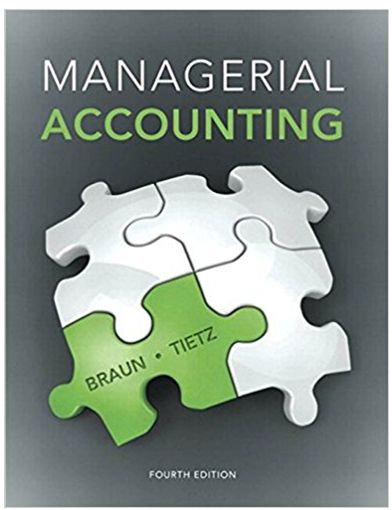Sylvan Industries manufactures plastic bottles for the food industry. On average, Sylvan pays $ 71 per ton
Question:
Requirements
1. What is the annual cost of the machine drool currently? Include both the original plastics cost and the waste disposal cost.
2. How much would the company save per year (net) if the machine drool were to be sold to the local recycler?
3. How much would the company save per year net) if the production process were to be re- engineered?
4. What do you think the company should do? Explain your rationale.
Fantastic news! We've Found the answer you've been seeking!
Step by Step Answer:
Related Book For 

Question Posted:





